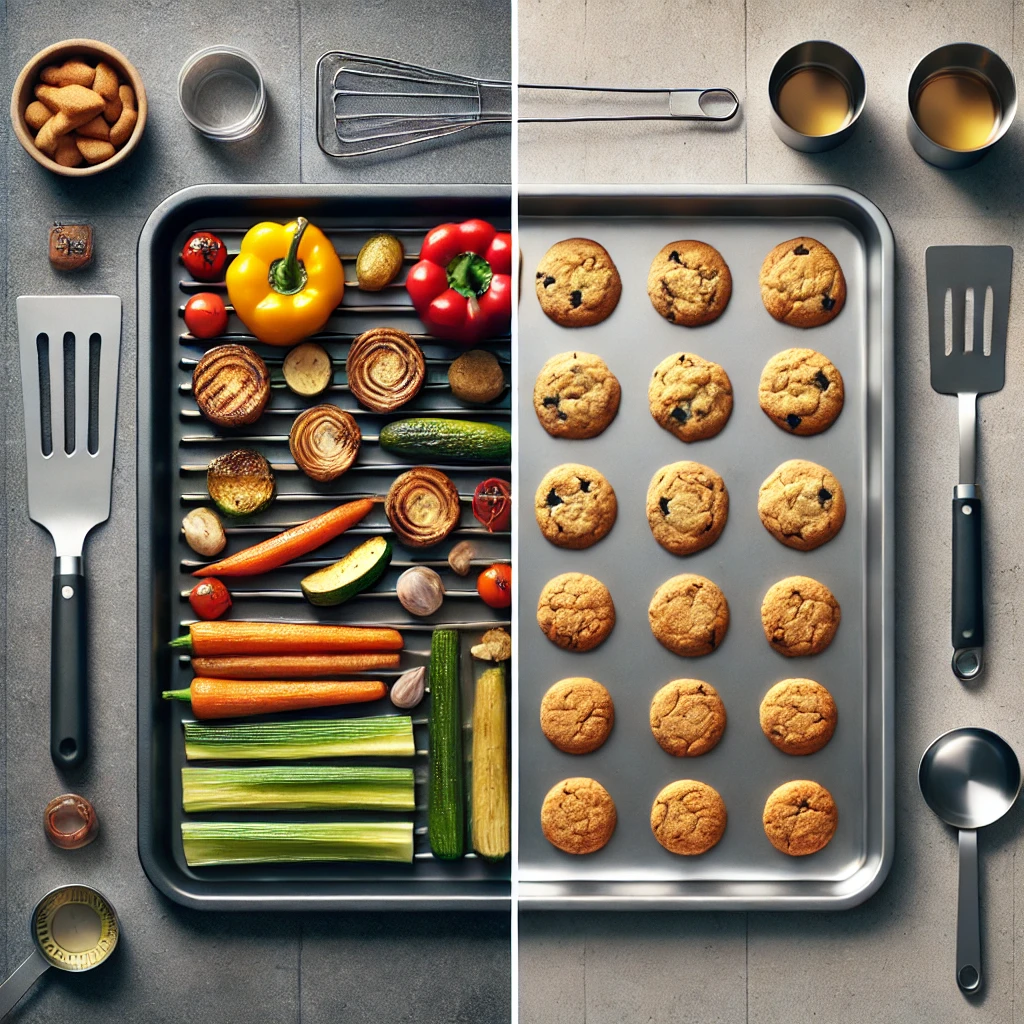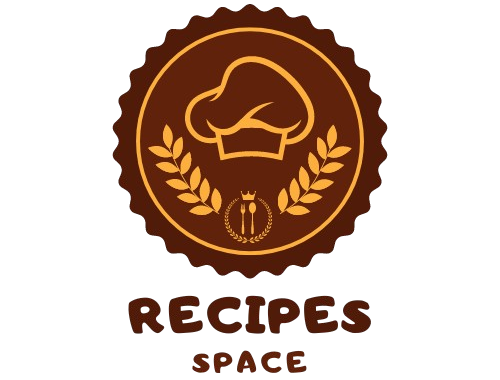When it comes to baking, using the right tools can make a significant difference in your results. Many bakers often wonder what sets a baking sheet apart from a cookie sheet. While they may appear similar, these two kitchen essentials have distinct characteristics that influence their functionality and performance. In this article, we’ll explore the differences, helping you choose the right tool for your baking needs.

The Origins and Evolution of Baking Sheets and Cookie Sheets
Both baking sheets and cookie sheets have undergone considerable transformation over the years. Originally made from heavy-duty materials like aluminum and steel, these sheets were designed to optimize heat distribution and withstand high temperatures. As baking techniques have evolved, so have these tools, leading to specific designs suited to different types of baking.
For more on innovative baking tools, check out this ultimate guide to baking sheets, which offers insights into choosing the best sheet for perfect results.
Key Differences Between Baking Sheets and Cookie Sheets
1. Material and Construction
- Baking sheets are typically constructed with heavier materials like aluminum or steel, often with non-stick coatings that make them versatile for roasting, baking, and even broiling.
- Cookie sheets, in contrast, are made from similar materials but feature a flat design with one raised edge, optimizing air circulation to ensure even baking of cookies and other delicate pastries.
This flat design is crucial for baking light and crisp cookies, as it allows for even heat exposure. For more delicate recipes, check out this delightful Earl Grey cookies recipe.
2. Design and Shape
- Cookie sheets are flat with one raised edge to allow easy cookie transfer and better heat distribution around the cookies.
- Baking sheets, often rimmed on all sides, are ideal for containing juices from meats or vegetables, preventing spills in the oven.
For more versatile options, learn about choosing between different types of baking sheets here.
When to Use a Baking Sheet vs. a Cookie Sheet
Cookie Sheets for Delicate Bakes
- Perfect for cookies and pastries, the flat design promotes even airflow and prevents edges from browning too quickly.
- If you’re interested in other cookie recipes, this Toll House cookie recipe is a timeless favorite that works great with cookie sheets.
Baking Sheets for Versatility
- With raised edges, baking sheets can handle a wide variety of tasks, from roasting vegetables to baking sheet cakes or catching drippings from roasted meats.
Looking for something more substantial to bake? Try this delicious Pumpkin Banana Loaf, which benefits from using a baking sheet for even heat distribution.
Performance and Usability: Heat Conductivity and Results
Heat Conductivity
- Baking sheets tend to be thicker, providing better heat retention and making them ideal for long roasting times. Their thicker structure ensures consistent baking, even for dense recipes like sheet cakes or roasted meats.
- Cookie sheets, designed to be thinner, allow for faster baking times, preventing cookies from becoming overcooked. The quick heat distribution leads to crisp edges and chewy centers.
For a deep dive into how the right baking sheet affects results, visit this helpful guide on choosing the best baking sheet.
Cleaning and Maintenance
Both baking sheets and cookie sheets require proper maintenance to prolong their lifespan. Here are some tips:
- Hand washing with mild soap and a soft sponge is the best method for cleaning to preserve the non-stick coating.
- Avoid using metal utensils that may scratch the surface.
- For stainless steel or aluminum sheets, using a baking soda paste can help clean stubborn residue.
FAQs
Can you use a baking sheet for cookies?
Yes, you can, but because of the rimmed edges, the heat circulation might be affected, resulting in less even baking. Cookie sheets are optimized for this purpose.
Are baking sheets and cookie sheets interchangeable?
In some cases, yes. However, cookie sheets work best for delicate bakes, while baking sheets are more versatile for roasting and baking larger items.
What can I use if I don’t have a cookie sheet?
You can substitute with a baking sheet or even a pizza stone for similar results, though you may need to adjust your baking time.
Do baking sheets and cookie sheets impact baking results?
Absolutely. The structure and design of these sheets impact heat circulation, which directly influences how evenly food bakes and how crisp or soft the final product is.
Conclusion
Choosing between a baking sheet and a cookie sheet depends on the task at hand. Whether you’re baking cookies, roasting vegetables, or trying new recipes, understanding the distinctions between these two tools can lead to better baking results.
For more tips on choosing the perfect baking tools, check out this comprehensive guide to enhance your baking skills.
By selecting the right equipment and maintaining it properly, you’ll ensure that every bake is a success!
